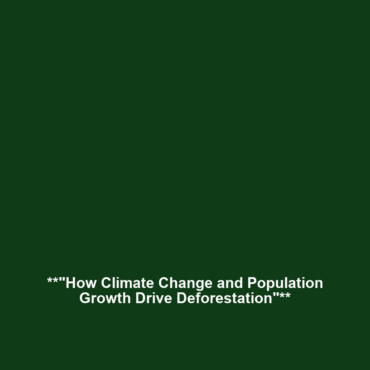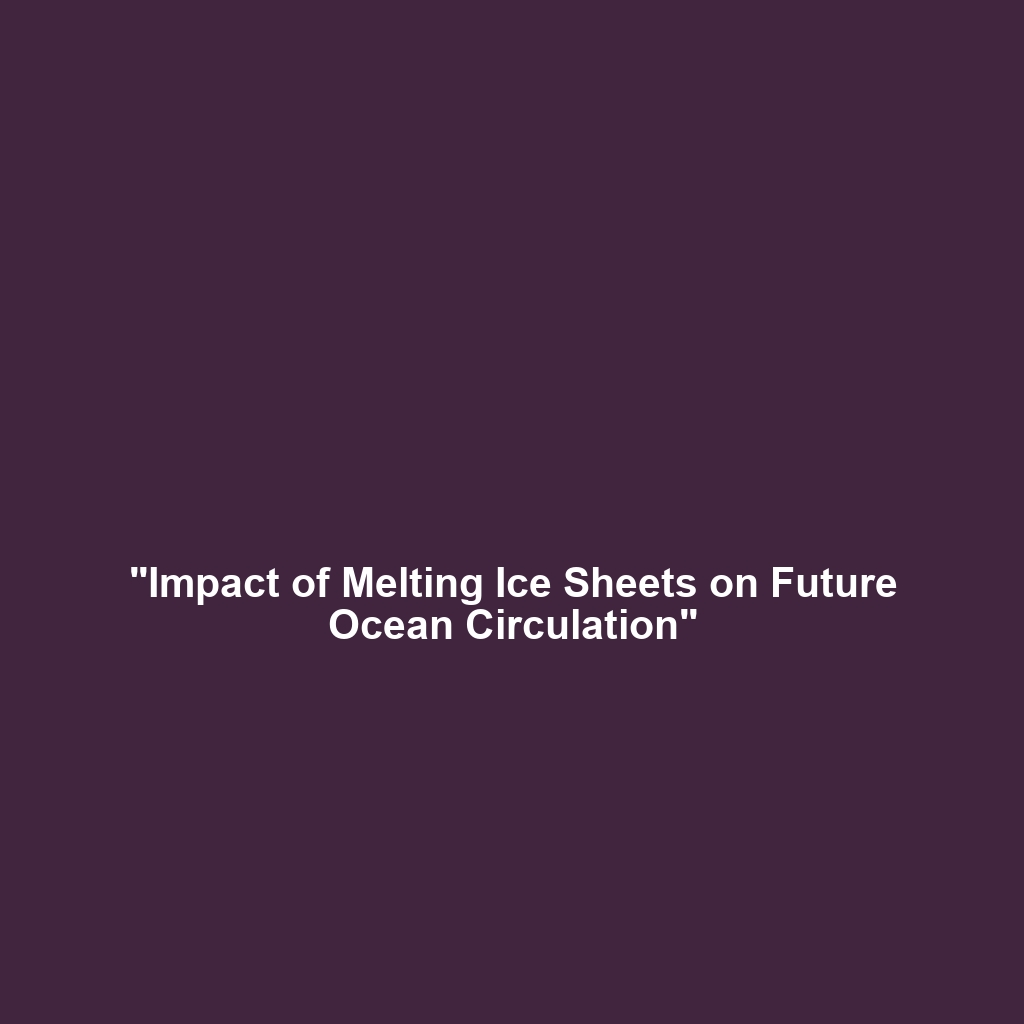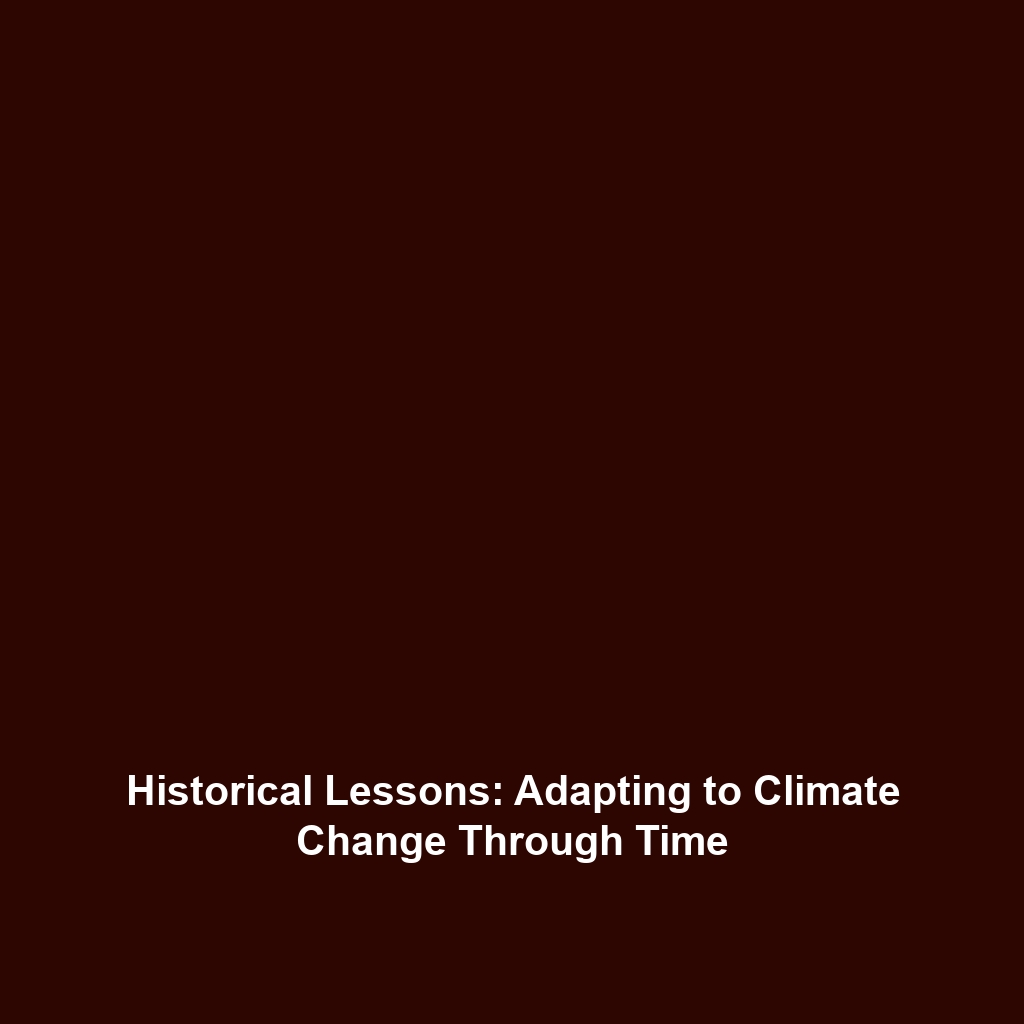Climate Change and Population Growth: Compounding Factors
Introduction
Climate change and population growth are two of the most pressing global issues affecting environmental sustainability. These compounding factors significantly contribute to deforestation and biodiversity loss, threatening the ecosystems that sustain life on Earth. As human populations continue to grow, the demand for natural resources intensifies, exacerbating the effects of climate change. Understanding the intricate relationship between these elements is vital for developing effective strategies to mitigate their negative impacts.
Key Concepts
Understanding the Interplay
The intersection of climate change and population growth presents a unique challenge in the context of deforestation and biodiversity loss:
- Climate Change: The long-term alteration of temperature and typical weather patterns in a place, largely driven by human activities such as fossil fuel combustion and industrial processes.
- Population Growth: The increase in the number of individuals in a population, resulting in higher demand for land, water, and food, which can lead to habitat destruction.
- Deforestation: The large-scale removal of trees, which adversely impacts carbon sequestration and wildlife habitats.
- Biodiversity Loss: The extinction or endangerment of species due to habitat destruction and climate-induced changes, leading to diminished ecological resilience.
Applications and Real-World Uses
Integrating climate change and population growth findings can lead to significant applications within the realm of deforestation and biodiversity loss:
- Sustainable Development Goals (SDGs): Implementing strategies that balance population needs with environmental conservation.
- Urban Planning: Making informed decisions about land use to minimize environmental impact without stifling growth.
- Conservation Programs: Developing initiatives aimed at protecting endangered species and their habitats while considering human expansion.
Current Challenges
Despite the pressing need to address climate change and population growth, several challenges arise:
- Data Availability: A lack of comprehensive data can hinder effective policy-making.
- Political Will: Varied priorities among countries often leads to inconsistent action against climate change.
- Public Awareness: Limited understanding of the interconnections between human behaviors and environmental outcomes impacts community engagement.
Future Research and Innovations
Future research initiatives are poised to explore innovations that could mitigate the effects of climate change and population growth on deforestation and biodiversity loss:
- Next-Gen Technologies: Utilization of AI and machine learning for predictive modeling and resource management.
- Climate-Adaptive Agriculture: Researching sustainable farming techniques that meet food demands while preserving ecosystems.
- Restoration Ecology: Innovations in restoring damaged ecosystems and enhancing biodiversity resilience.
Conclusion
The interplay of climate change and population growth serves as a critical reminder of the urgency to address environmental issues related to deforestation and biodiversity loss. Realizing the significant consequences of these compounding factors emphasizes the need for collective action and innovative solutions. As we move forward, fostering awareness and research in this area will be pivotal. For a deeper understanding of sustainability efforts, check our articles on sustainability initiatives and environmental headlines.


